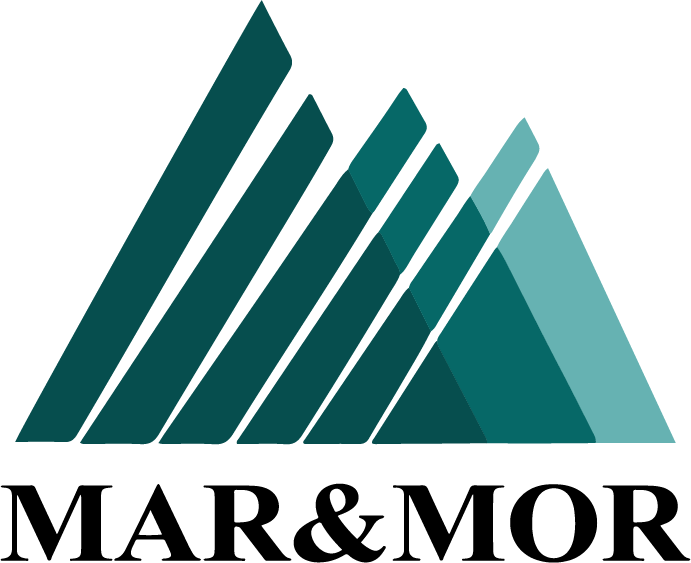Efficient Structures as Catalysts for Success
Introduction
In the dynamic landscape of modern business, organizational efficiency is a cornerstone of success. How an organization is structured can significantly impact its ability to streamline processes, enhance productivity, and achieve its goals effectively. In this blog post, we will explore the importance of organizational structure in driving efficiency and how a well-designed structure can serve as a catalyst for success.
Organizational structure refers to the way in which a company arranges its resources, roles, and responsibilities to achieve its objectives. An efficient structure is one that optimally aligns resources, facilitates clear communication, and enables swift decision-making. Here’s how a thoughtfully crafted organizational structure contributes to efficiency:
- Clarity in Roles and Responsibilities: An efficient structure provides clarity regarding roles and responsibilities which reduce confusion, minimize duplication of efforts, and ensure that each team member understands their contribution to organizational objectives.
- Streamlined Communication: A well-structured organizations foster streamlined communication. clear reporting lines and communication channels ensure that information flows seamlessly, preventing bottlenecks and enhancing the speed and accuracy of decision-making.
- Optimal Resource Allocation: Efficient structures enable optimal resource allocation by aligning resources with strategic priorities, organizations can avoid unnecessary expenditures and ensure that resources are directed towards initiatives that drive the most significant impact.
- Adaptability to Change: Organizations with flexible and adaptive structures are better equipped to navigate change. An efficient structure allows for quick adjustments in response to market dynamics, technological advancements, and other external factors, ensuring sustained relevance and competitiveness.
- Employee Empowerment: A well-designed structure empowers employees by providing them with the autonomy to make decisions within their defined roles. This empowerment enhances employee engagement, fosters innovation, and contributes to a more agile and responsive organizational culture.
Strategies for Implementing Efficient Organizational Structures
Leveraging organizational structure for efficiency is a strategic approach that can significantly contribute to growth in the workplace. Here’s a comprehensive guide on how to harness the power of structure for efficiency to foster growth:
- Ensure that the organizational structure aligns with the overall strategic goals of the company. Structure the organization to support and execute key initiatives and growth objectives.
- Clearly define roles and responsibilities at all levels of the organization. Facilitate role clarity to avoid duplication of efforts, reduce confusion, and ensure that each team member contributes effectively to the organization’s growth.
- Ensure that the organizational structure is flexible and adaptable. Design the structure to accommodate changes in the market, technological advancements, and other external factors, positioning the organization for sustained growth.
- Leverage technology to support and enhance organizational efficiency. Implement collaborative tools, project management software, and communication platforms to streamline workflows and facilitate efficient information exchange.
- Involve employees in the decision-making process related to structural changes. Solicit input and ideas from employees to ensure that the structure reflects a diverse range of perspectives, fostering a sense of ownership and commitment to growth.
- Provide training programs to help employees adapt to the organizational structure. Equip employees with the skills and knowledge needed to thrive within the optimized structure, enhancing their contribution to the organization’s growth.
- Develop a robust communication strategy to announce and explain structural changes. Clearly communicate the rationale behind the changes and the expected benefits for the organization and its employees, ensuring a smooth transition and fostering a positive perception of growth.
- Design the structure with a focus on delivering value to customers. Ensure that the structure enables the organization to meet or exceed customer expectations, driving customer satisfaction and loyalty, which are essential for sustained growth.
- Utilize the efficiency gained from a well-structured organization to strategically allocate resources. Direct resources towards initiatives that align with the organization’s growth objectives, ensuring optimal.
- An efficient structure enables the organization to adapt strategies, products, and services in response to evolving market dynamics, positioning it for growth in dynamic environments.
- Leverage data generated through efficient processes for informed decision-making. Use analytics to identify opportunities, assess performance, and guide strategic choices that contribute to growth, ensuring that decisions are grounded in actionable insights.
By systematically leveraging the organizational structure for efficiency, businesses can create a foundation for sustainable growth. The key is to view the organizational structure not merely as a framework for operations but as a dynamic and strategic tool that propels the organization toward its growth objectives. As you navigate the journey of leveraging structure for efficiency, remember that every enhancement and optimization contributes to a more agile, responsive, and growth-oriented workplace
Impact of Efficient Structures on Global Brands
Several global brands exemplify the transformative impact of optimizing organizational structures for efficiency:
- Hierarchical Simplicity: Toyota
Toyota’s production system is renowned for its simplicity and efficiency. By implementing a hierarchical structure that emphasizes continuous improvement and employee involvement, Toyota has become a global leader in lean manufacturing. - Matrix Flexibility: Procter & Gamble (P&G)
P&G employs a matrix organizational structure that enables cross-functional collaboration. This structure allows P&G to efficiently manage diverse product lines and adapt quickly to changes in consumer preferences. - Decentralized Innovation: 3M
3M’s decentralized structure encourages innovation at the individual and team levels. This structure has led to the development of numerous innovative products, showcasing the efficiency of a decentralized approach in fostering creativity. - Functional Efficiency: General Electric (GE)
GE’s divisional structure aligns with its diverse business segments. This functional efficiency allows GE to operate in various industries while maintaining focused and specialized divisions. - Agile Collaboration: Spotify
Spotify’s squad and tribe structure promotes agile collaboration. This innovative organizational design facilitates efficient cross-functional teamwork and rapid development in the fast-paced music streaming industry.
By consciously designing and optimizing the organizational structure for efficiency, businesses can position themselves for sustainable growth. The impact of a well-structured organization extends beyond internal operations; it becomes a driving force that propels the organization toward its strategic goals. As you embark on the journey of optimizing your organizational structure, remember that efficiency is not just a means to an end but a powerful catalyst for success in the ever-evolving landscape of the business world.
Just as Chester I. Barnard stated, “Organizations endure, however, in proportion to the breadth of the morality by which they are governed. Thus, the endurance of organization depends upon the quality of leadership; and that quality derives from the breadth of the morality upon which it rests.”

